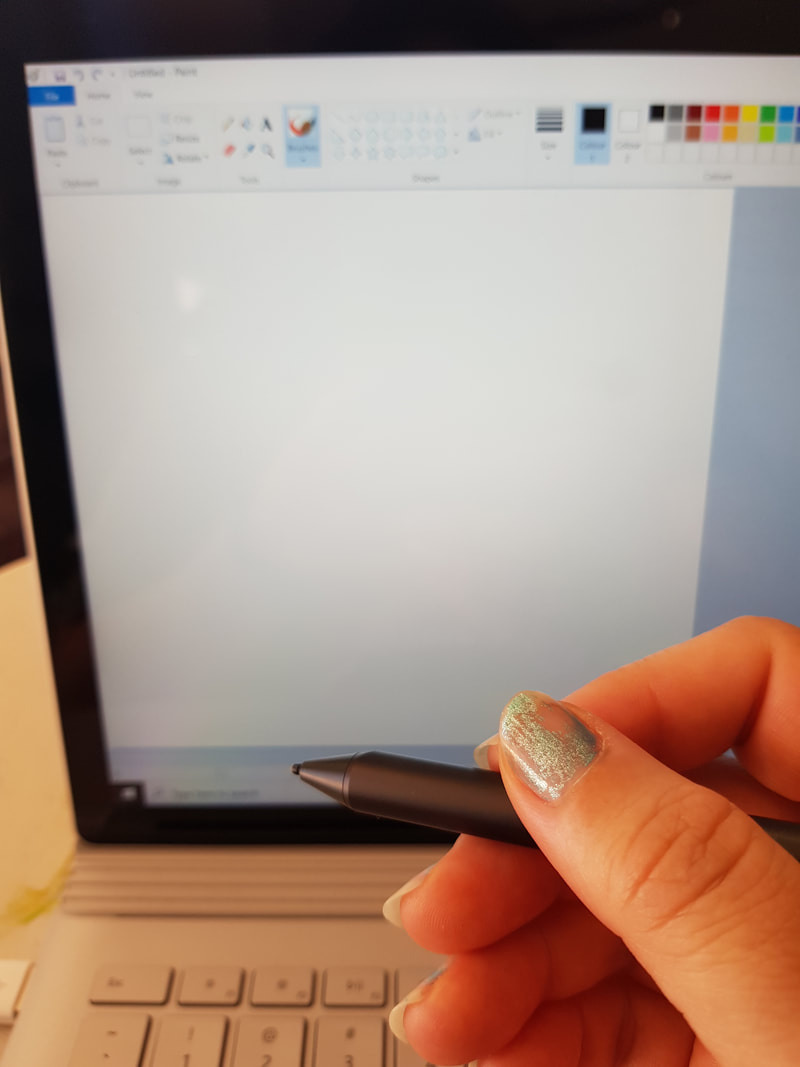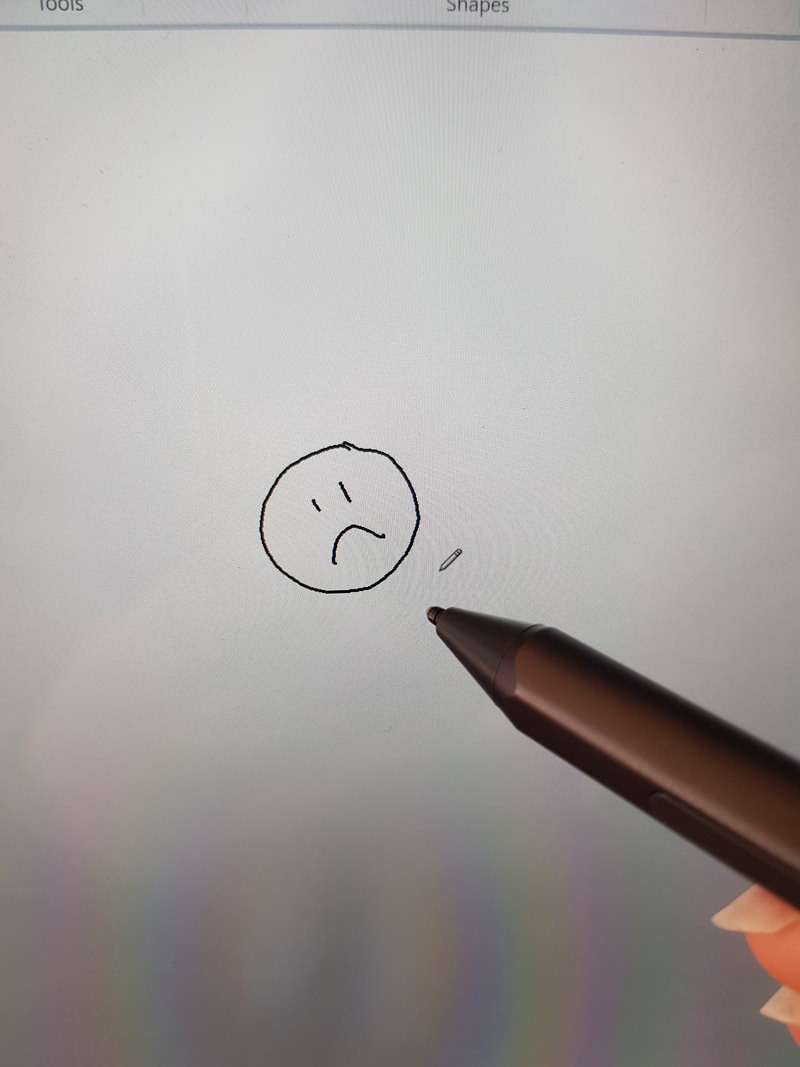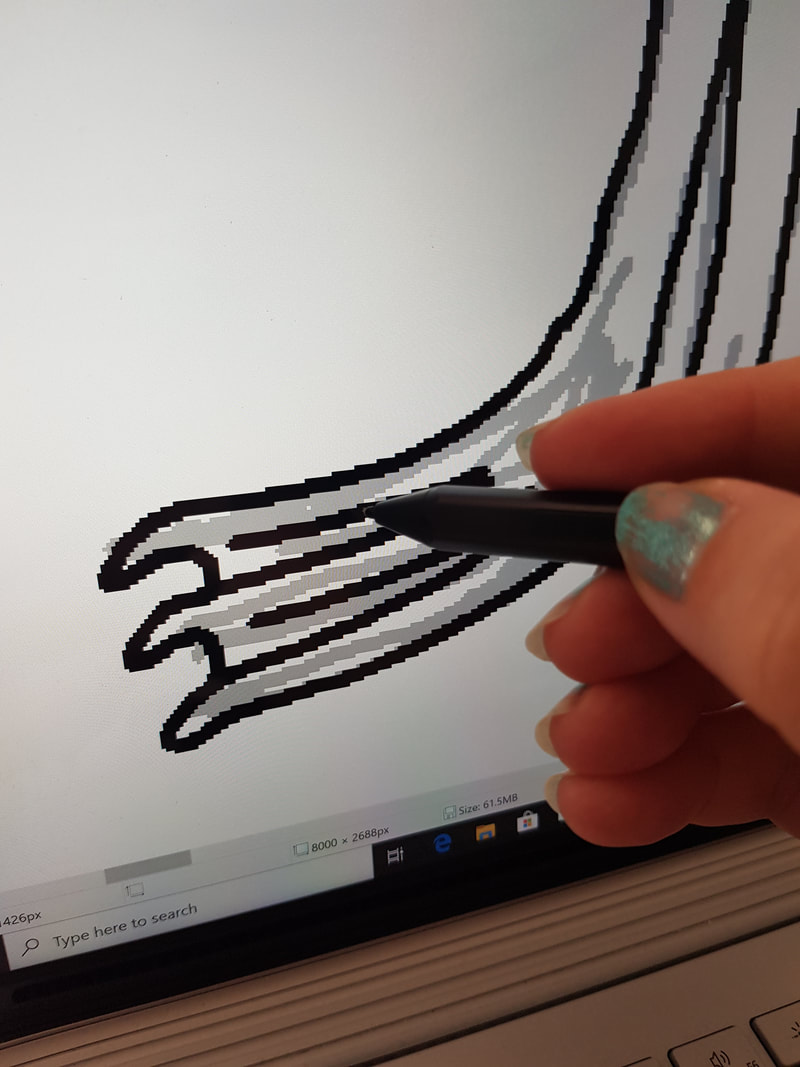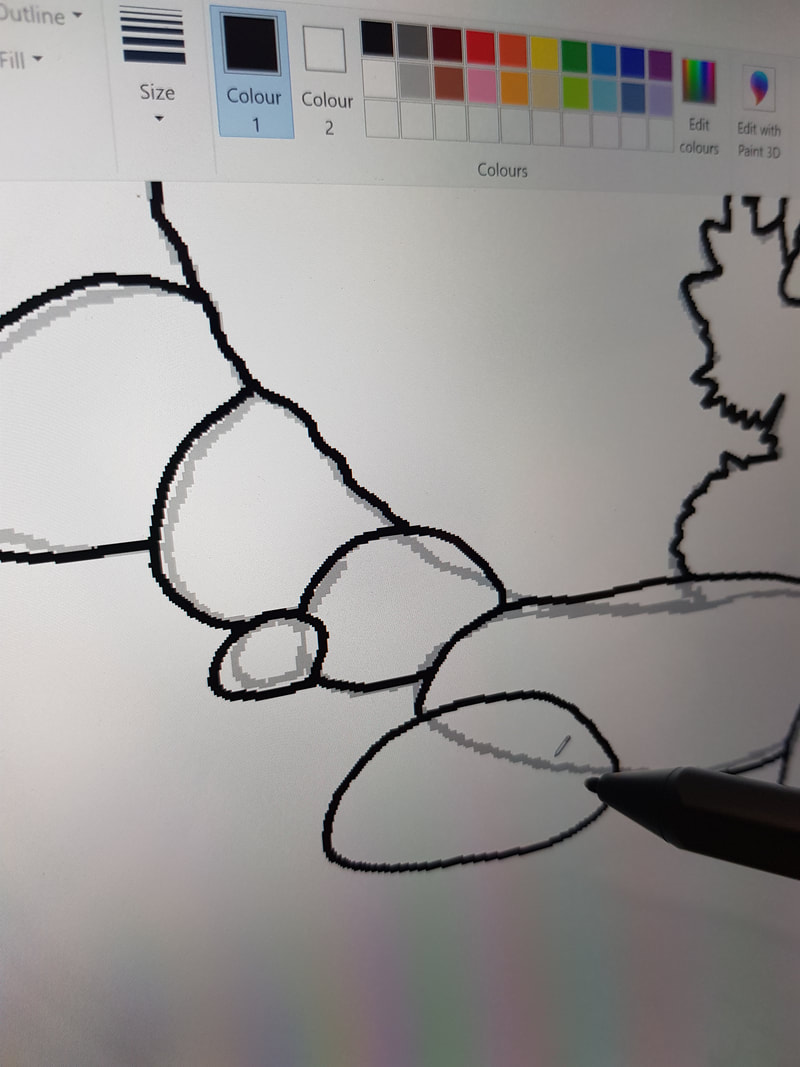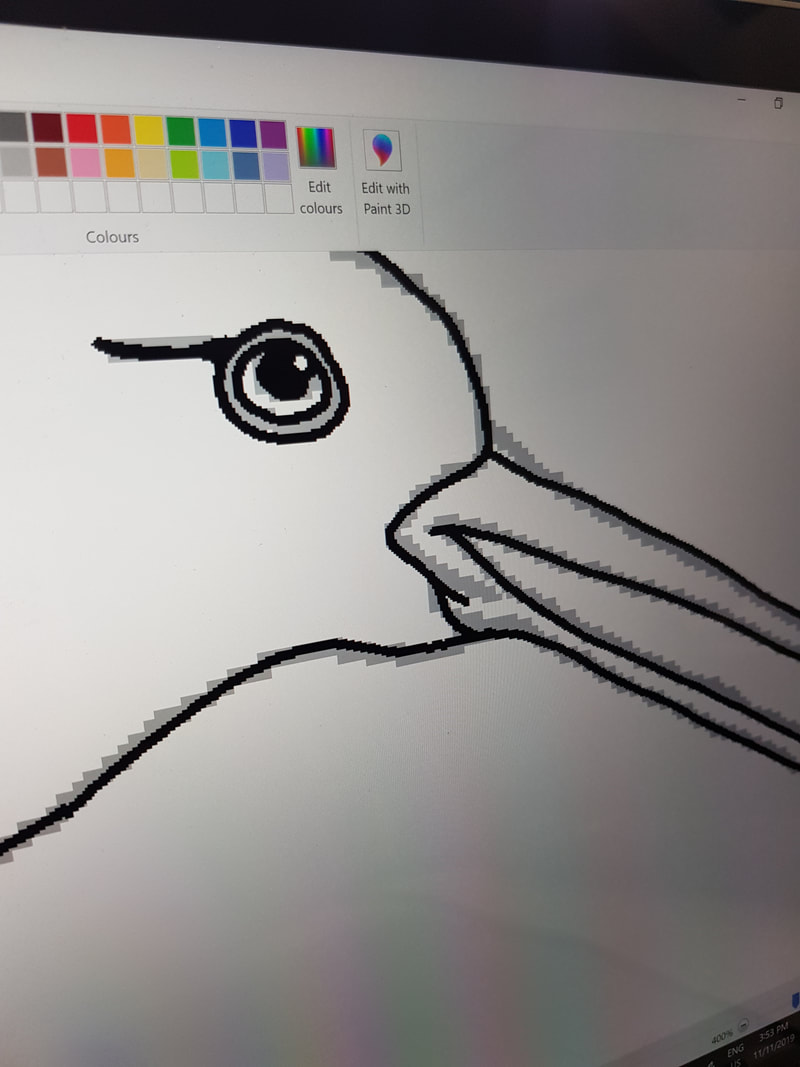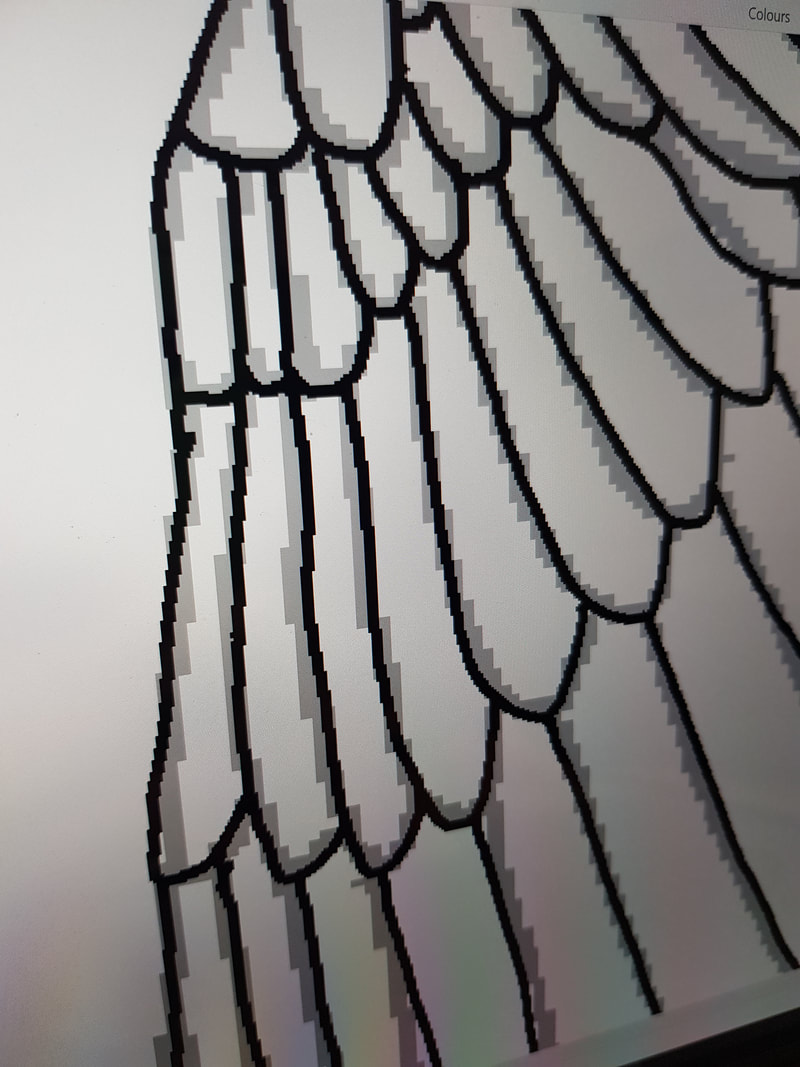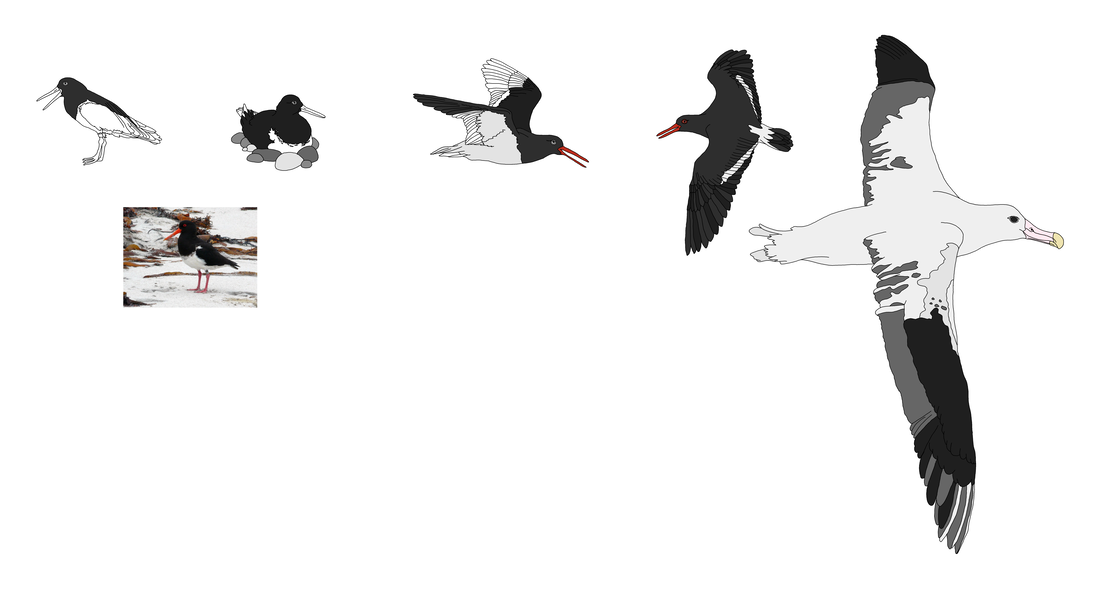Every day, another bird
It’s sometimes hard to get started on a drawing. Generally, I just let myself choose another task, and come back to the drawing when the mood takes me – but I have committed to a bird every weekday, so here we go – my first attempt at overcoming “drawer’s block”.
The Chatham Islands
We looked at the Chatham Islands for the
Chatham Islands black robin last week, so I won’t repeat myself there. Many of our most endangered species appear to have a last toehold there, though. It must be a fascinating place to visit, as a wildlife photographer.
Time to do some research
The Chatham Island oystercatcher (torea) is a threatened species found only on the Chatham Islands, 800 km to the east of mainland New Zealand. Although pied (black-and-white), and similar in appearance to the pied morph of the variable oystercatcher, it is a smaller and stockier bird. Pairs defend coastal territories throughout the year in rocky and sandy sites around the islands of the Chathams.Source:
NZ birds online
This black and white wader is unique to the Chatham Islands. It is an endangered species with a high risk of extinction due to its very small population and range.
Source:
DOC
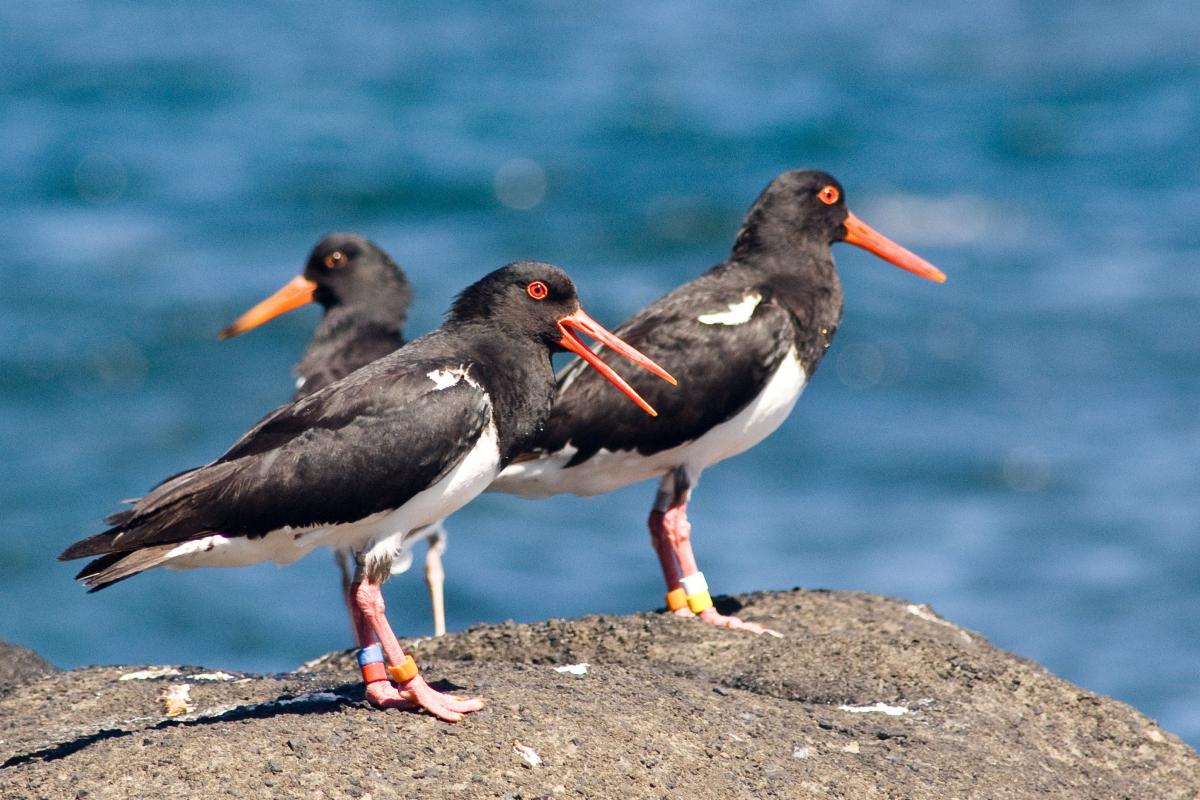
Chatham Island oystercatcher. Adult pair with juvenile at rear. Rangatira Island, Chatham Islands, February 2011. Image © Art Polkanov by Art Polkanov
|
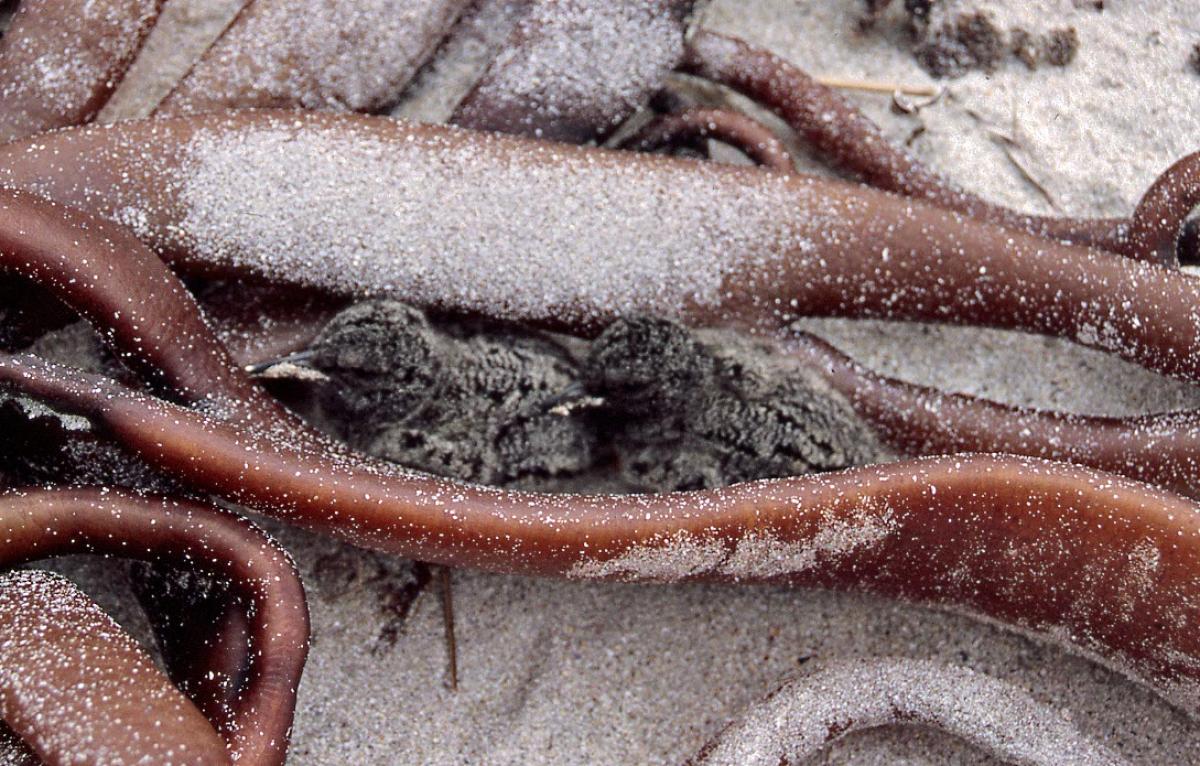
Chatham Island oystercatcher. Two chicks hiding in bull kelp. North coast, Chatham Island, November 2003. Image © Colin Miskelly by Colin Miskelly
|
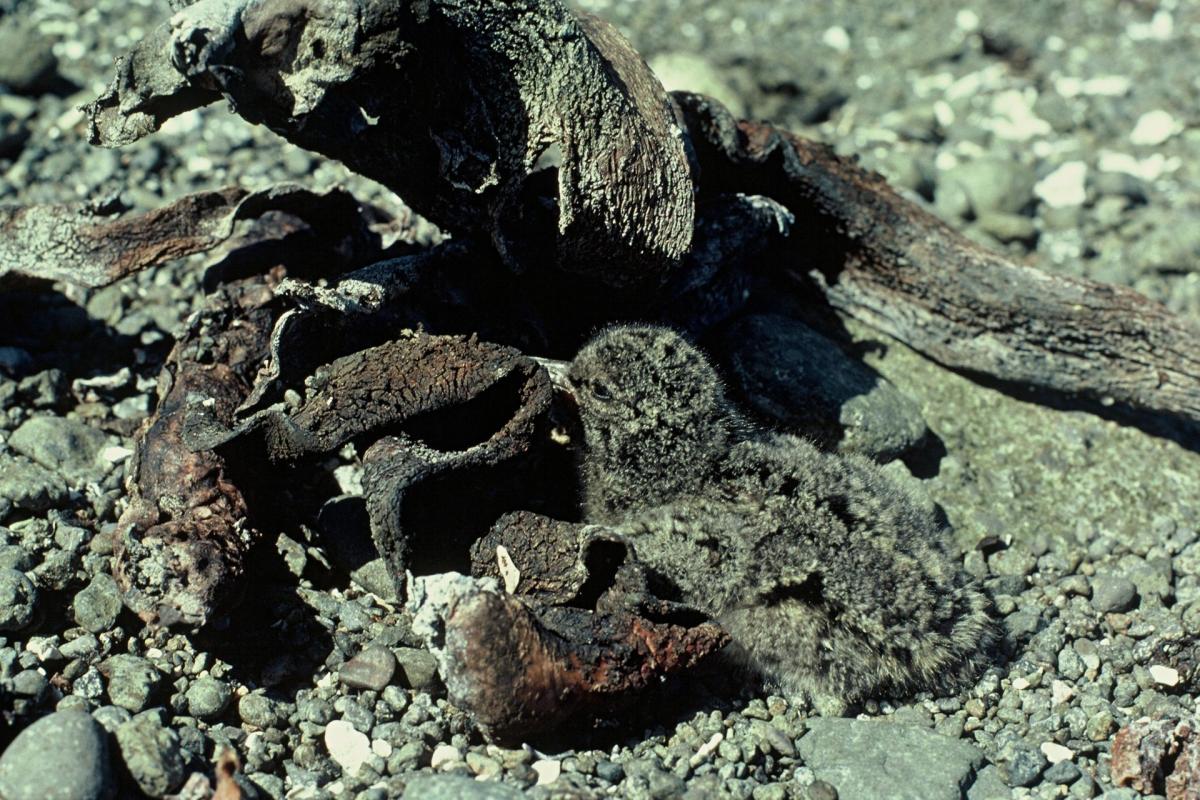
Chatham Island oystercatcher. Chick hiding. Rangatira Island, Chatham Islands, November 1977. Image © Department of Conservation (image ref: 10044635) by Alan Wright, Department of Conservation Courtesy of Department of Conservation
|
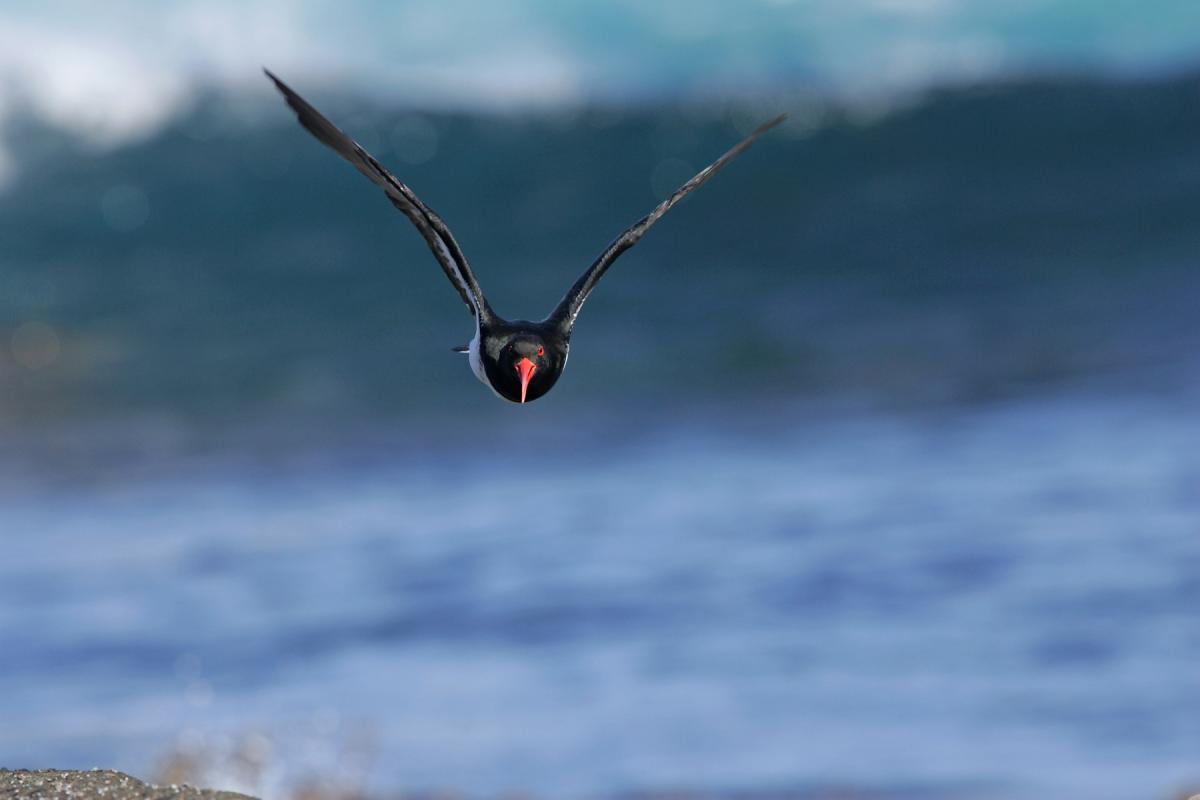
Chatham Island oystercatcher. Front view of adult in flight. Rangatira Island, February 2010. Image © David Boyle by David Boyle
|
Time to draw!
Ok, well, these guys are actually adorable, so I think, yep, I am getting the urge to draw them, yay!
I make the initial sketches (grey), then I go over them in black. This reflects my technique on paper, with pencil sketches followed by finals in pen.
As with all my other pieces, I use the existing drawings to ensure that the same shades are used in the plumage, then use reference photos to choose colours specific to this bird, usually the beak and/or feet.
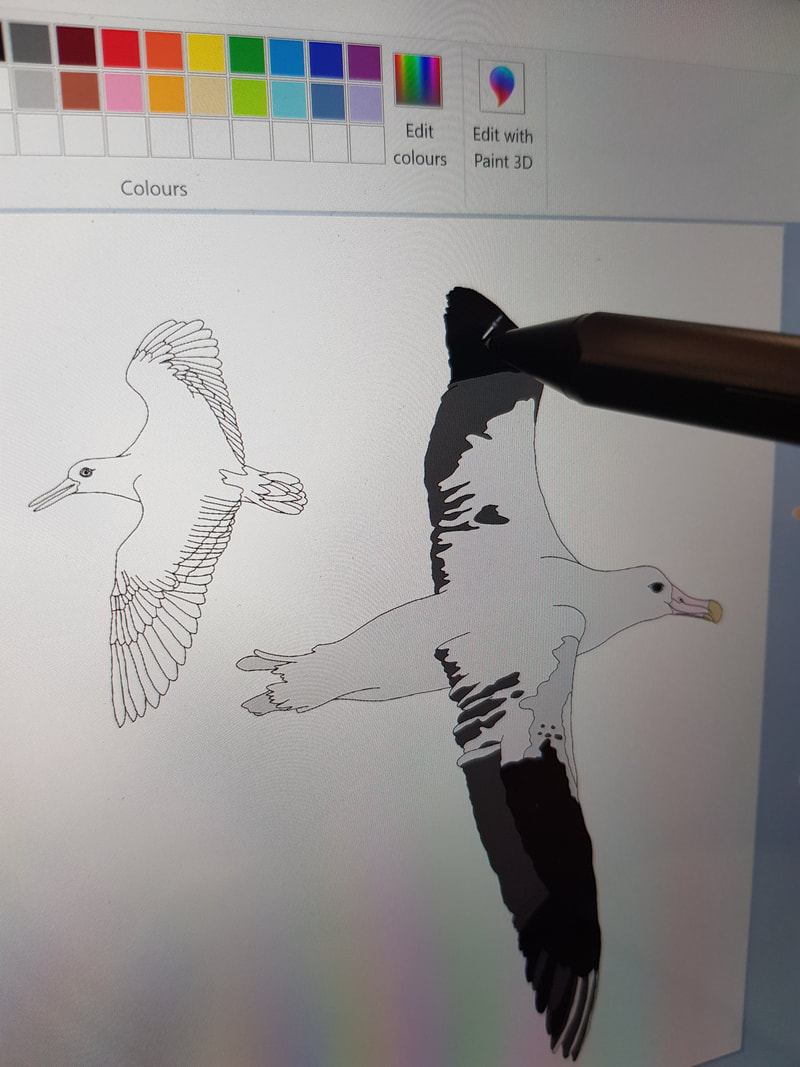
Copying the colour
|
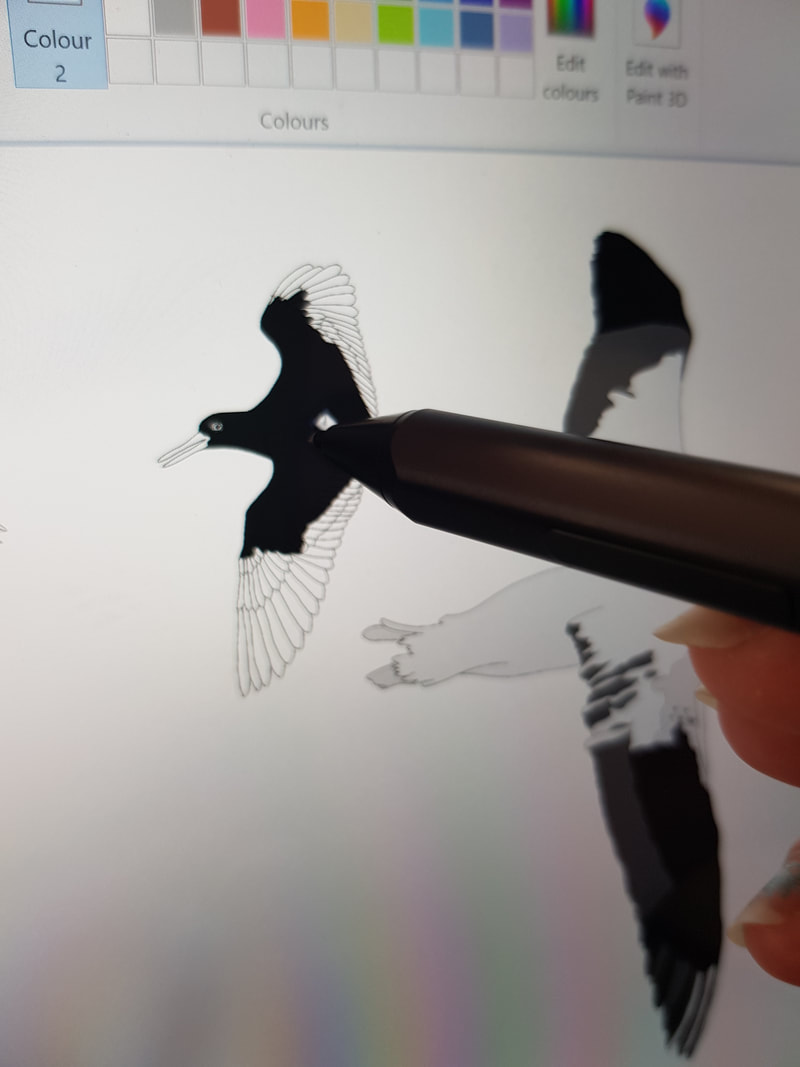
Applying it to the bird
|
Finished! I really like these guys. I definitely had to show a bird nesting on the shingle – their nests, like many of our endangered birds, are almost invisible against the stones around them. PLEASE, take great care around nesting areas.
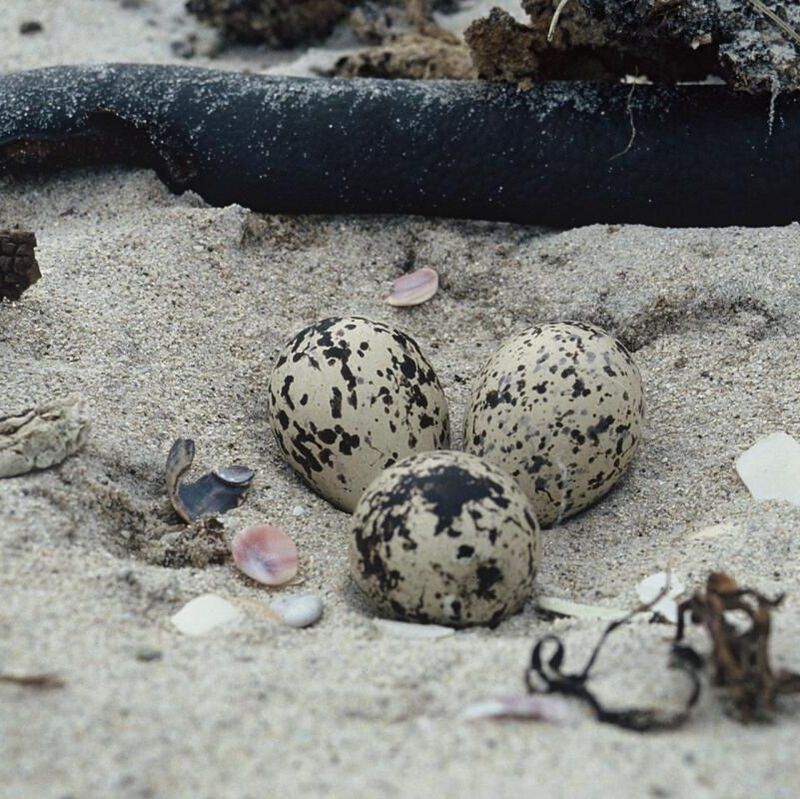
Chatham Island oystercatcher. Nest with three eggs. Tioriori, Chatham Island. Image © Department of Conservation (image ref: 10051875) by Cath Gilmour, Department of Conservation Courtesy of Department of Conservation
|
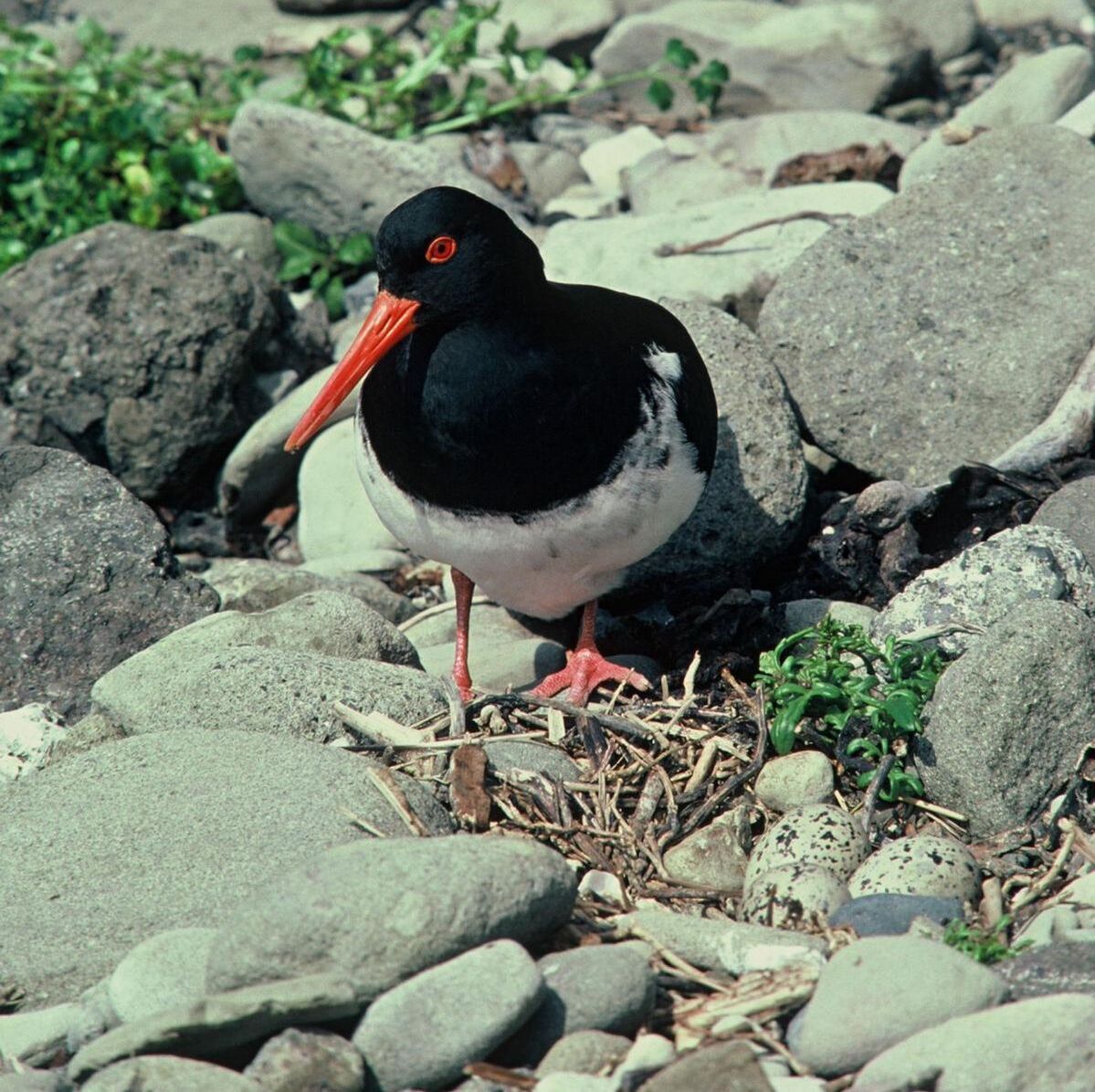
Chatham Island oystercatcher. Adult at nest with three eggs. Mangere Island, Chatham Islands, November 1982. Image © Department of Conservation (image ref: 10033442) by Dave Crouchley, Department of Conservation Courtesy of Department of Conservation
|
How you can help
Oystercatchers depend on the coast for their food and for a safe place to rear their young. Nesting birds are easily disturbed by people and will move from the nest to draw you away. Birds with chicks are often noisy and may swoop.
If birds appear to be disturbed by your presence, move further along the beach.
Walk or drive below the high tide mark to avoid crushing eggs or chicks.
If you are travelling to the Chatham Islands, or transporting goods or livestock there, be careful that you don’t introduce pest animals and plants or diseases. These could threaten the flora and fauna in this unique environment.
Source:
DOC

